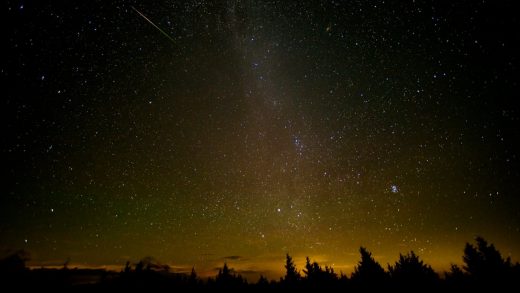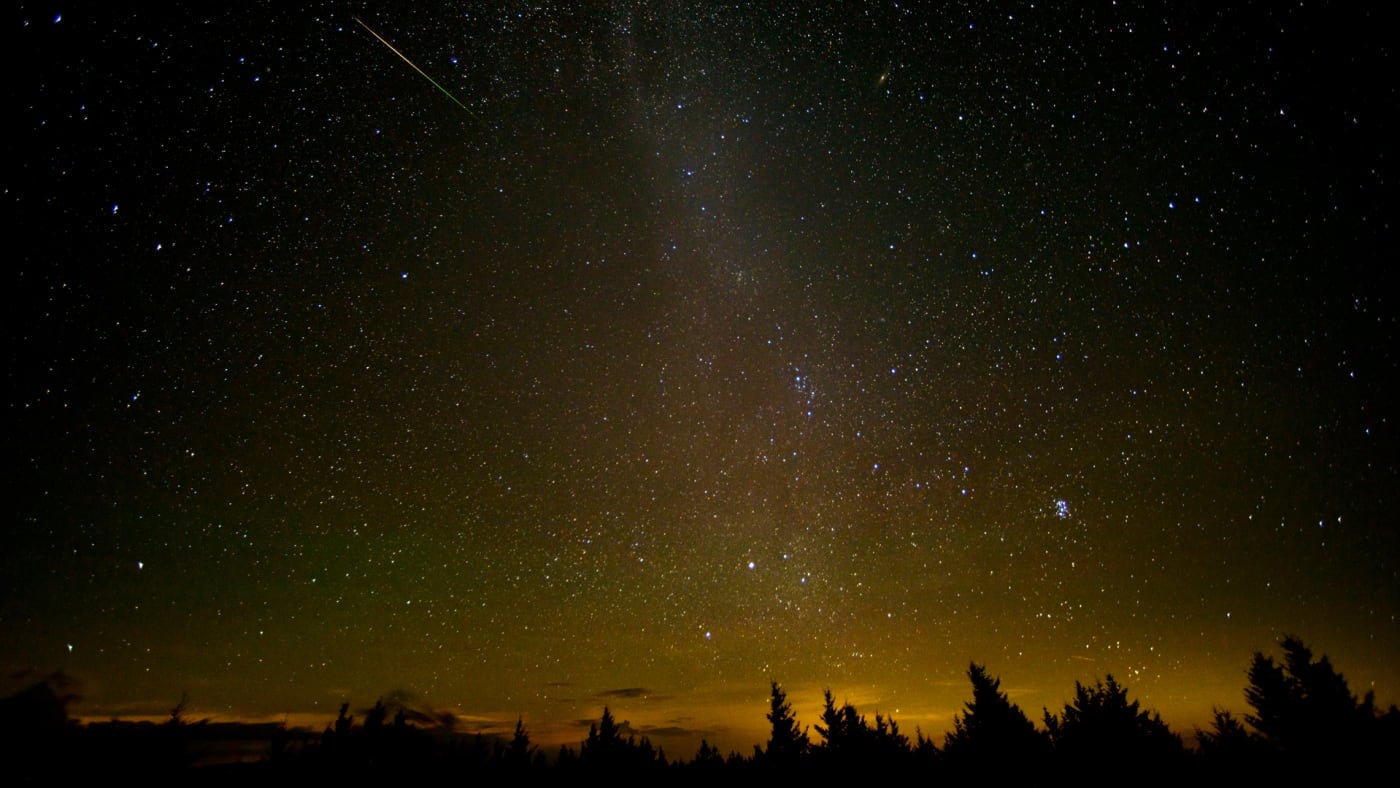Perseid meteor shower 2018: How to watch the dazzling light show in the night sky
This weekend the night sky will light up with the debris left behind by the Swift-Tuttle comet. The Perseid meteors, which earn their name through their proximity to the constellation Perseus (don’t know who that is? Go watch Clash of the Titans), occur once a year when the Earth crosses through the resident dust cloud.
This year’s Perseid shower–as well as other meteor showers that happen to be drifting through the sky–promises to be particularly impressive, because the new moon will be incredibly faint, meaning the meteors will have center stage. According to Sky and Telescope, comet peepers can expect to see around 60 meteors an hour during the peak, with no bright moon mucking up the view.
A few Perseids can typically be seen each night between July 17 and August 24, but they will hit their peak from August 11 to 13, particularly from Sunday night into Monday morning.
Here’s how to maximize viewing:
(21)



